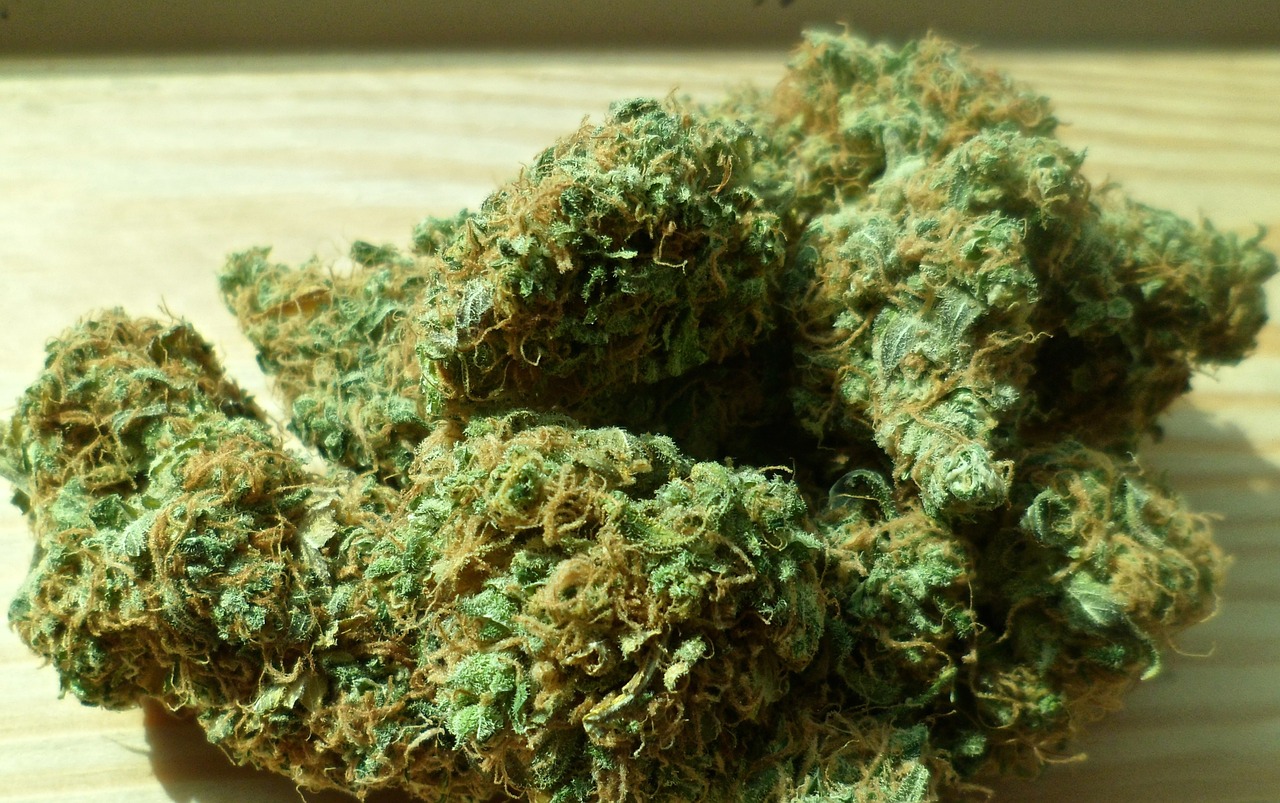During the period from the mid to late 1990s, India witnessed significant cultural changes. This transformation occurred as American and European Information Technology Enabled Outsourcing (ITEO) companies began delegating their work to India on a large scale. This outsourcing led to the availability of numerous job opportunities in the service industry, which not only provided good pay but also offered a chance to learn more about Western culture. It is worth noting that this happened at a time when widespread internet usage and availability were still limited.
The country underwent various transformations, particularly in the southern and southwestern regions, as well as the southeast. Cities like Bangalore, Pune, Mumbai, Hyderabad, and Kolkata experienced a surge in the number of independent young individuals (aged 18-30) who were living separately from their extended families. This newfound independence allowed them to smoke or consume substances without constant supervision, although the prevalence of such behavior remained relatively low. While a small percentage of this younger generation managed to cultivate their own cannabis, this practice did not become widespread due to the ongoing prohibition on cannabis in India.
Over time, this particular variety of cannabis was either lost through hybridization with other Indian cultivars or landraces, or it underwent a selective breeding process to develop shorter flowering strains. These changes were driven by the growing demand for cannabis in the mid to late 1990s.
A few years later, around the turn of the 2000s, the government became more aware of cannabis cultivation in the hilly regions of Tamil Nadu, Andhra Pradesh, and Odisha. This awareness arose as news and newspaper reports started featuring cannabis seizures ranging from 50 grams to 50 kilograms. Both the general public’s appeal and planned operations by the authorities in southern India played a significant role in eradicating cannabis cultivation in the Idukki and Andhra-Odisha Border. Due to the negligence of the state government and the rise of Naxalites on the outskirts of these states, farmers on the border of Kerala, adjacent to Odisha and Andhra Pradesh, were forced back into denser forests. This turn of events led to numerous tribes transforming into communities solely engaged in growing and cultivating ganja for their livelihood, ultimately shaping what we now know as the Sheelavathi cultivar. Villages such as Hukumpeta, Ananthagiri, Paderu, Dumbriguda, Pedabayalu, G Madugula, Munching Puttu, and G K Veedhi are well-known for their ganja cultivation, particularly the Sheelavathi variety.
During this period, in an area controlled by Naxalite forces, people selectively bred and hybridized the cultivar. They reached a point where everyone could clearly observe the larger yields and faster flowering times. Although the flowering period still lasted around 14-16 weeks, having a 4-6 week advantage in flowering became crucial in the equatorial region, where the photoperiod remained at 12 hours of light and 12 hours of darkness throughout the year, along with similar growing conditions.
Since the cannabis-growing tribes merged with the Naxalites, the widespread cultivation of a new strain called “sheelavathi” has rapidly increased. The Naxalites not only provided protection for the marijuana crops but also facilitated the distribution of the final product to financially developed states in India. Over time, the villagers growing cannabis learned the importance of selecting superior plants for seed stock, resulting in a progressive improvement in the quality of the ganja through artificial selection. This gave rise to a new phenotype known as “sheelavathi,” named after a local goddess worshipped by the farming community. This particular strain has gained control over the Indian marijuana market and has become a significant source of income in Naxalite-influenced regions. Today, sheelavathi is regarded as one of the most potent and cherished cultivars in India. Although different growers have reported various phenotypes of sheelavathi, most of them are sativa dominant, with dense and harder bud structures compared to Kerala gold or other equatorial sativas originating from India. The leaves of sheelavathi are darker than its predecessors, Kerala gold and Idukki. One intriguing aspect of sheelavathi is its unique terpene profile, which emits a scent of wild flowers mixed with spices when near the plant, while the taste leans more towards pine and hashish with subtle floral undertones. Sheelavathi has quickly gained popularity and is considered one of the most beloved strains in India due to its potent and balanced high, which combines a double decker effect with a soothing sense of relaxation.




